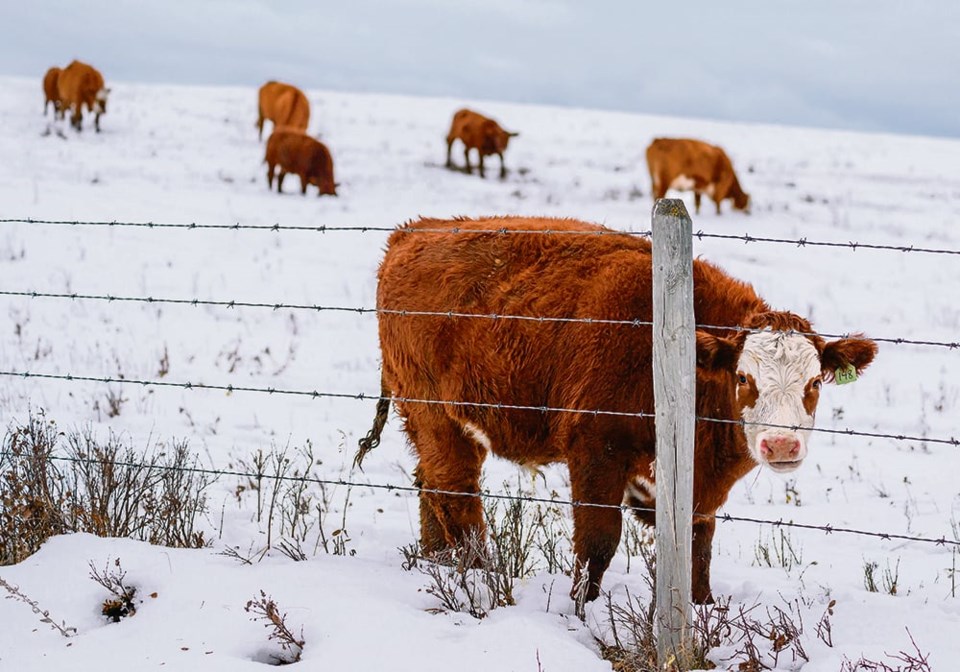SWIFT CURRENT, Sask. — How quickly could you come up with a list of who has been on your farm or ranch in the last couple weeks?
A strong preparedness plan would include a record of visitors and animal movement, both on and off the property, to save steps during an emergency, producers heard at the Saskatchewan Cattlemen’s Association district meeting in Swift Current last month.
Shauna Mellish, facilitator and outreach specialist with the Animal Health Emergency Management project, said a serious animal disease outbreak or a weather-based disaster are examples of why livestock producers should have a plan.
The project began in 2016 and is funded through Agri-Insurance in the Canadian Agricultural Partnership.
Mellish said producers already know how BSE affected the industry by shutting down trade and weakening the sector overall. It could also undermine public trust, she said.
The project has involved developing resources for producers “that provide a consistent set of tools and guidelines that could be applied across all sectors, across regions, so that when it came time to prepare and respond we were being consistent in how we did that and then efficient as well,” she said in an interview.
“One of the things we say is it’s not the emergency that you’re going to be managing, it’s the consequences of the emergency.”
Mellish is from Prince Edward Island and recently experienced the effects of Hurricane Fiona. While the family horse-breeding operation lost only a shelter, others were not so lucky. And they were without power for 14 days.
The cattle sector is focused on prevention and preparation for the possibility of foot-and-mouth disease. The highly contagious disease can affect cattle, sheep, pigs, goats and other animals.
She said the effect would be catastrophic if the disease arrived in North America. On any given day millions of animals travel between different places and while the probability is small, the potential risk of an outbreak is high.
The economic hit of a large-scale animal disease outbreak like FMD is estimated at $65 billion.
She took producers at the meeting through a scenario of how they would go about tracking movement of people and animals, who is responsible for certain aspects of a response and the responsibilities of agencies like the Canadian Food Inspection Agency. Having individual plans is important so that time is not spent gathering information if something does happen.
One producer said no one goes on and off his property, but others reminded him that there could be utility workers and others that he doesn’t know about.
Biosecurity is often applied inconsistently, Mellish said, but each operation should have a protocol.
“Traceability is really important too, so encouraging farmers to have things like premises identification so we can identify the parcels of land that have animals so that if there is an emergency such as a flood or a fire where we need to evacuate animals, we can quickly identify and plan where they are and how to do that,” she said.
All the resources produced by AHEM are available on its website at no cost and include a producer workbook and handbook to prepare for a disease-related emergency.
Although Mellish is not working on the avian flu outbreak others are and she said that should bring disease to the forefront for cattle producers.
“You can see others within agriculture being impacted and how they’re responding to it. These things can happen and it’s going to happen unexpectedly, it’s going to happen quickly and it’s important to be prepared to respond,” she said.
More information can be found at .




